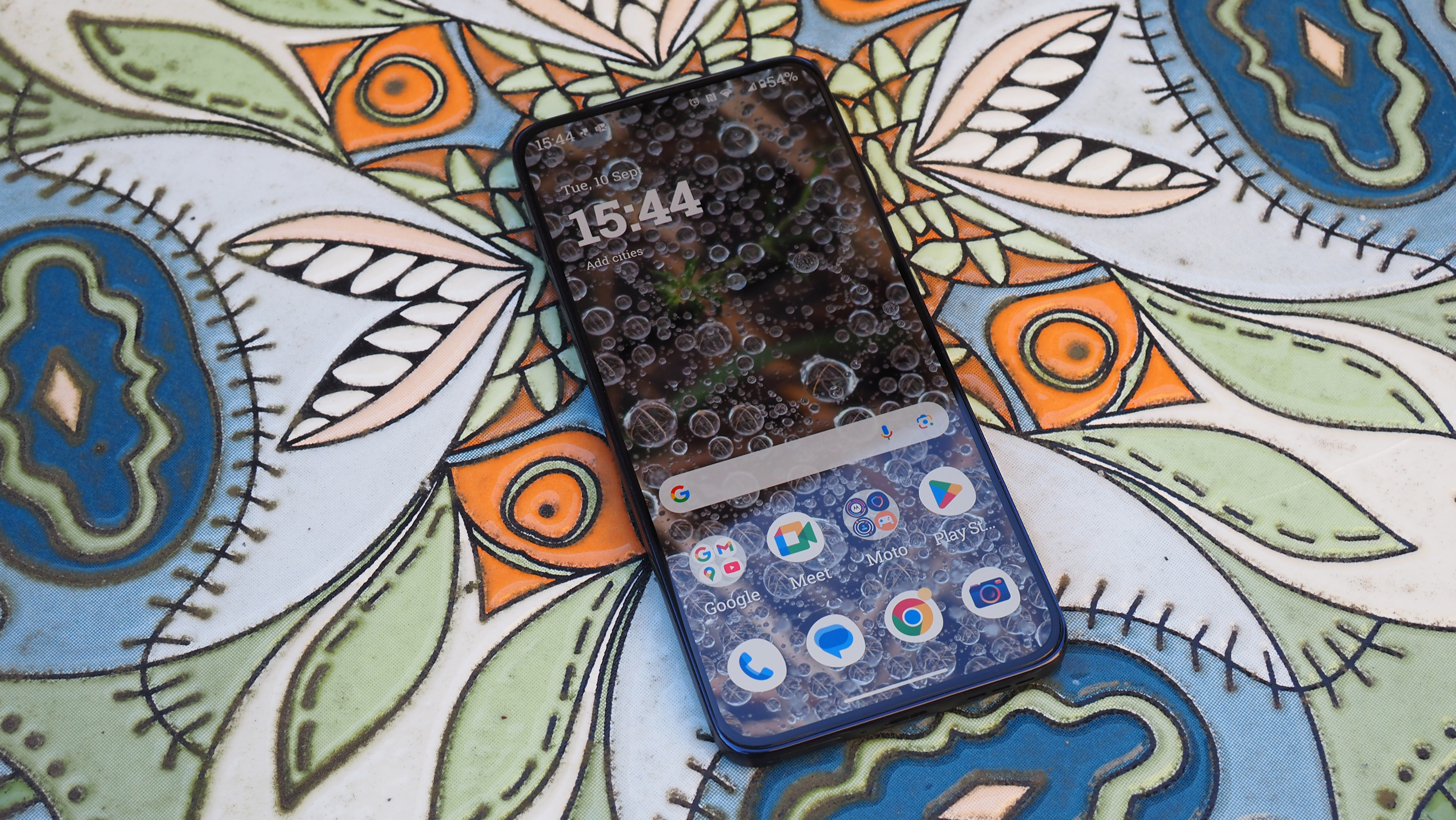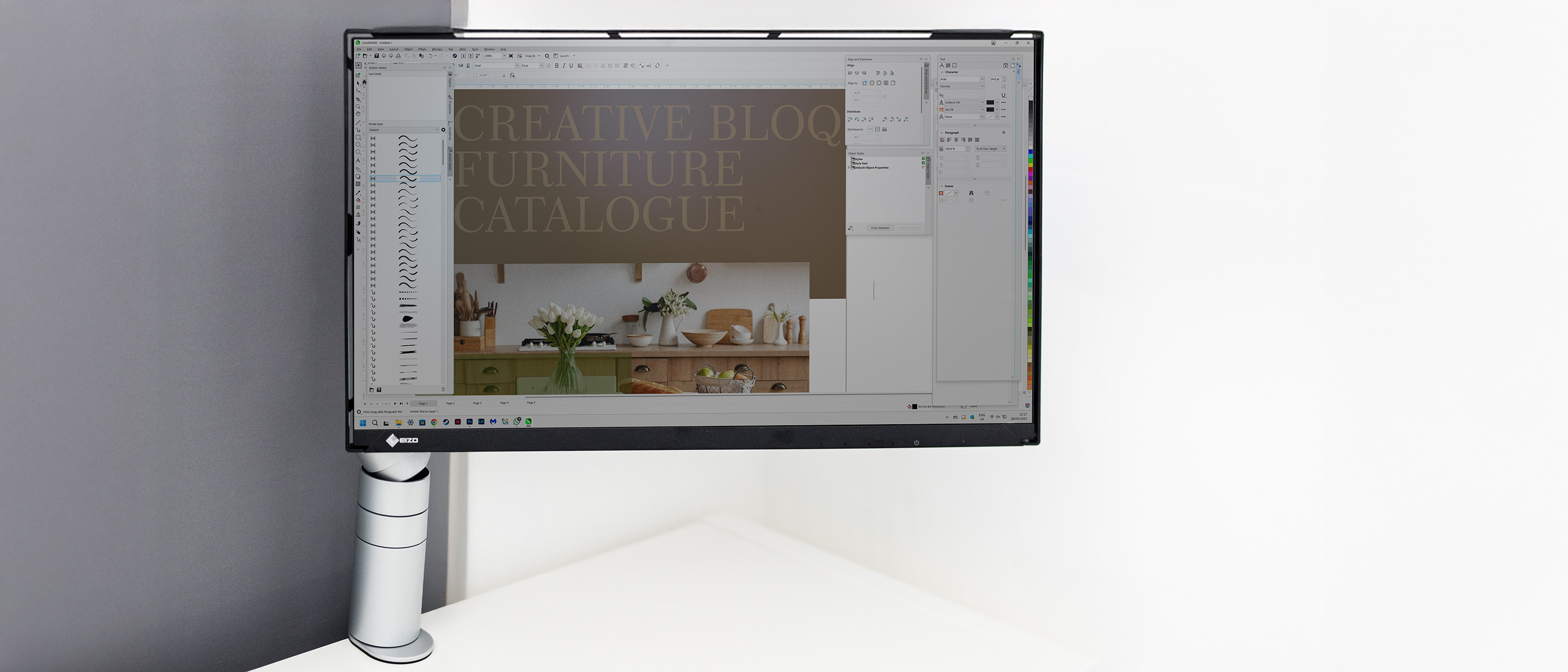Our Verdict
After years of trying, the Moto Edge 50 Neo is Motorola’s most accomplished small smartphone yet. It has a great display, powerful speakers, good battery life, a versatile camera system, fast charging, an interesting design and a price which won’t break the bank. But for a little more performance, or images that were the best in the price class, it would be a nearly perfect smartphone. For most people, it’s an incredibly solid choice, and one of the best mid-range Android phones on the market today.
For
- Bold, colourful screen
- Dependable and flexible camera system
- Easy to use one-handed
Against
- Sometimes not the best in absolute picture quality
- Occasional performance hiccups
- Buttons a little too small
Why you can trust Creative Bloq
Under Lenovo’s ownership, the journey of Motorola has been an interesting one. From the Startak to the Razr and beyond, the tale of the storied firm has been one of invention and reinvention, and today that’s still as true as it has ever been.
Its Edge line of smartphones is one of the most unusual on the market today. Year on year, very little remains the same, it’s a family which is always shaped to the trends of the day. There’s one constant however, the Neo is always the smallest, and cheapest of the bunch.
The Moto Edge 50 Neo is the latest entry and holds true to its heritage, smaller than its siblings and a lot of the competition. This year it sports a new design and a telephoto camera too, in addition to the usual goodies. The question is as ever, does it do enough to demand attention among the strong crop of camera phones on offer right now?
Read on for our full Moto Edge 50 Neo review.
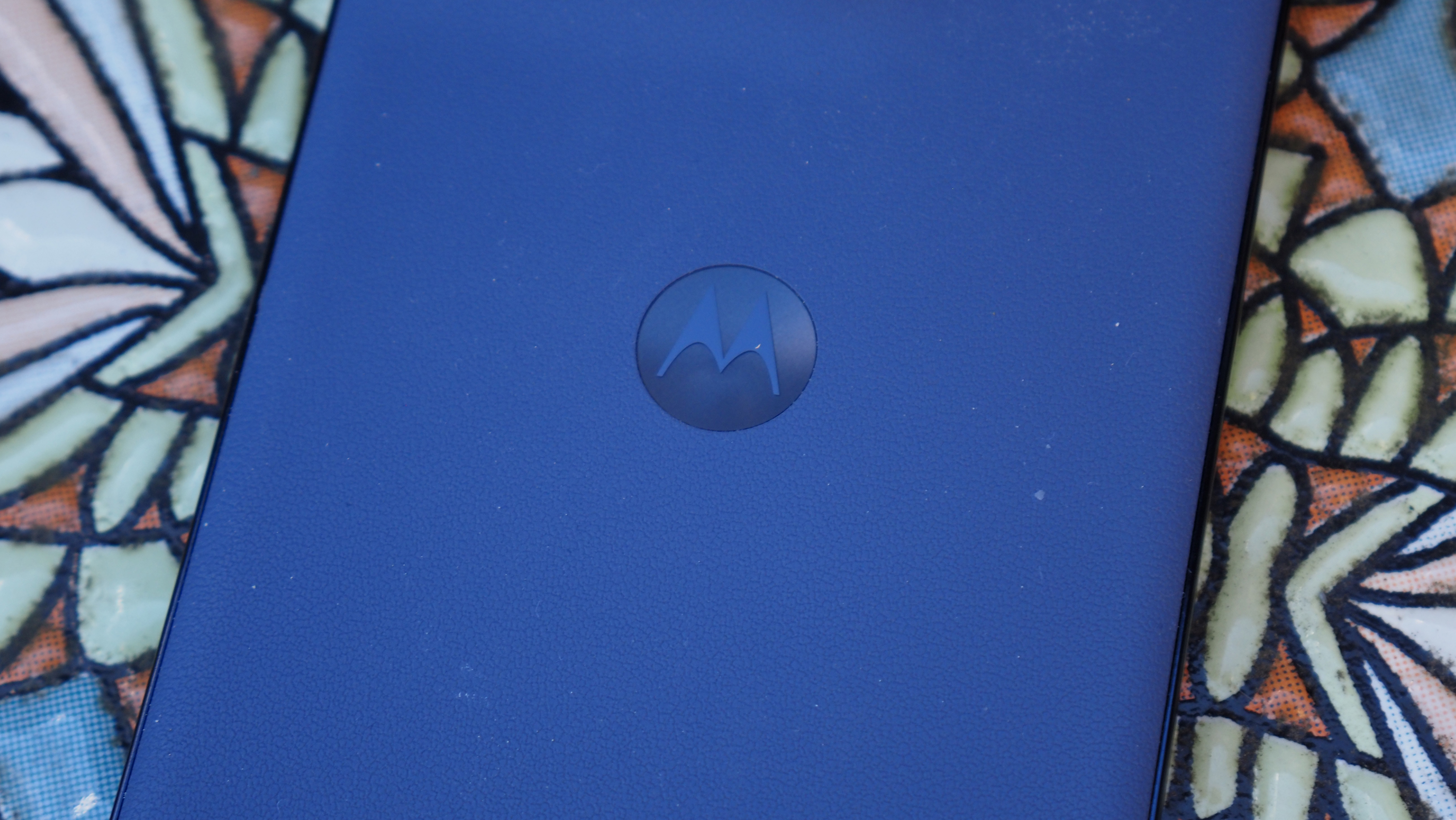
Moto Edge 50 Neo review: Key specifications
| Chipset: | Mediatek Dimensity 7300 |
| RAM: | 8GB |
| Storage: | 256GB |
| OS: | Android 14 |
| Screen: | 6.4in AMOLED, 1256x2760p, 20:9 aspect ratio, 474ppi |
| Peak brightness: | 3000 nits |
| Cameras: | Back: 50MP f/1.8 (wide), 10MP f/2.0 telephoto, 13MP f/2,2 (ultrawide), Front: 32MP (wide) |
| Connectivity: | 5G, Wi-Fi 802.11a/b/g/n/ac, Bluetooth, GPS, NFC, USB 3.2 Type-C |
| Battery: | 4310mAh, 68W wired charging |
| Dimensions: | 154.1 x 71.2 x 8.1mm |
| Weight: | 171g |
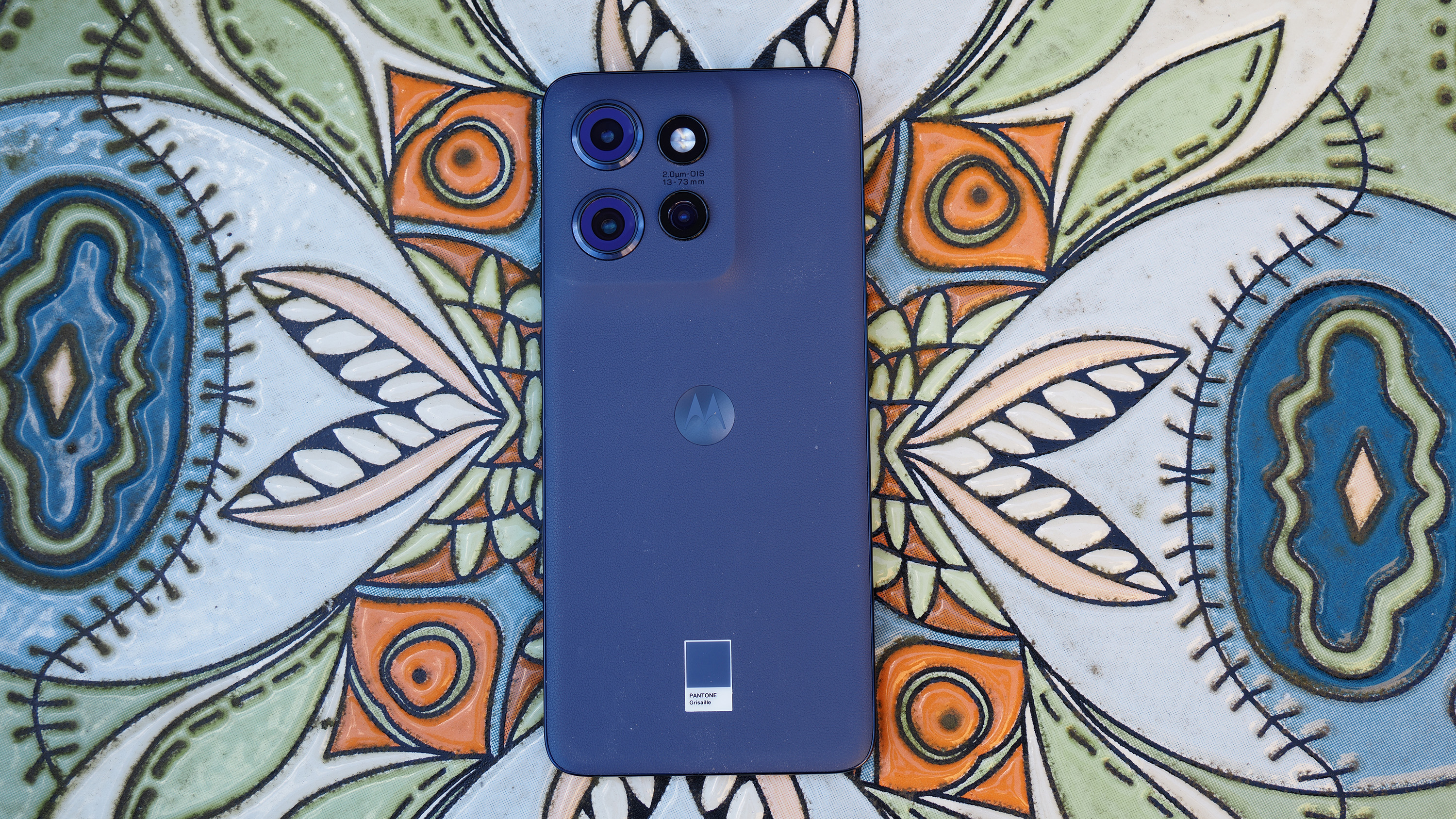
Design and display
In Motorola’s Edge lineup, any device sporting the ‘Neo’ tag has been defined by one thing: its size, or lack thereof.
True to form, the Edge 50 Neo is petite and pocketable, constructed from plastic for the most part and displaying a reasonable heft and balance. Its lack of weight, and the grippy plastic on the sides, meant that I found it very comfortable to use one-handed. A little gripe, the buttons are a little too small to find easily by touch alone.
On the rear is another nice addition, a ‘pleather’ or ‘vegan leather’ back, that being plastic with a leatherette finish. It feels premium and pleasant and moreover means that, unlike a lot of the glass-backed competition, this isn’t a device that goes table-diving.
As is standard for the lineup too, a multitude of Pantone colourways are offered, with a choice of Poinciana, Grisaille, Latte and Nautical Blue. In addition to that little dose of fun, the phone is also rated IP68 for dust and water resistance, which gives peace of mind when out and about. Only Gorilla Glass 3 is used to protect the front, a sacrifice made to keep to costs no doubt.
Coming to the display, at 6.4 inches it’s big enough to make watching video a pleasant experience, which is impressive given how small the footprint of the device is. That’s achieved through a long/tall aspect ratio, and a screen-to-body ratio of 95%, making for some tiny bezels.
The panel is OLED, colourful and contrasty, sharp at 474 ppi and bright enough to see in direct sunlight. In a world of great mid-range smartphone panels, this sits near the top as among the most accomplished. It’s 120Hz too, which means the device feels fast and fluid in use. It also claims to support 100% of the DCI-P3 colour space, which means it should be potentially colour-accurate enough for some professional applications.
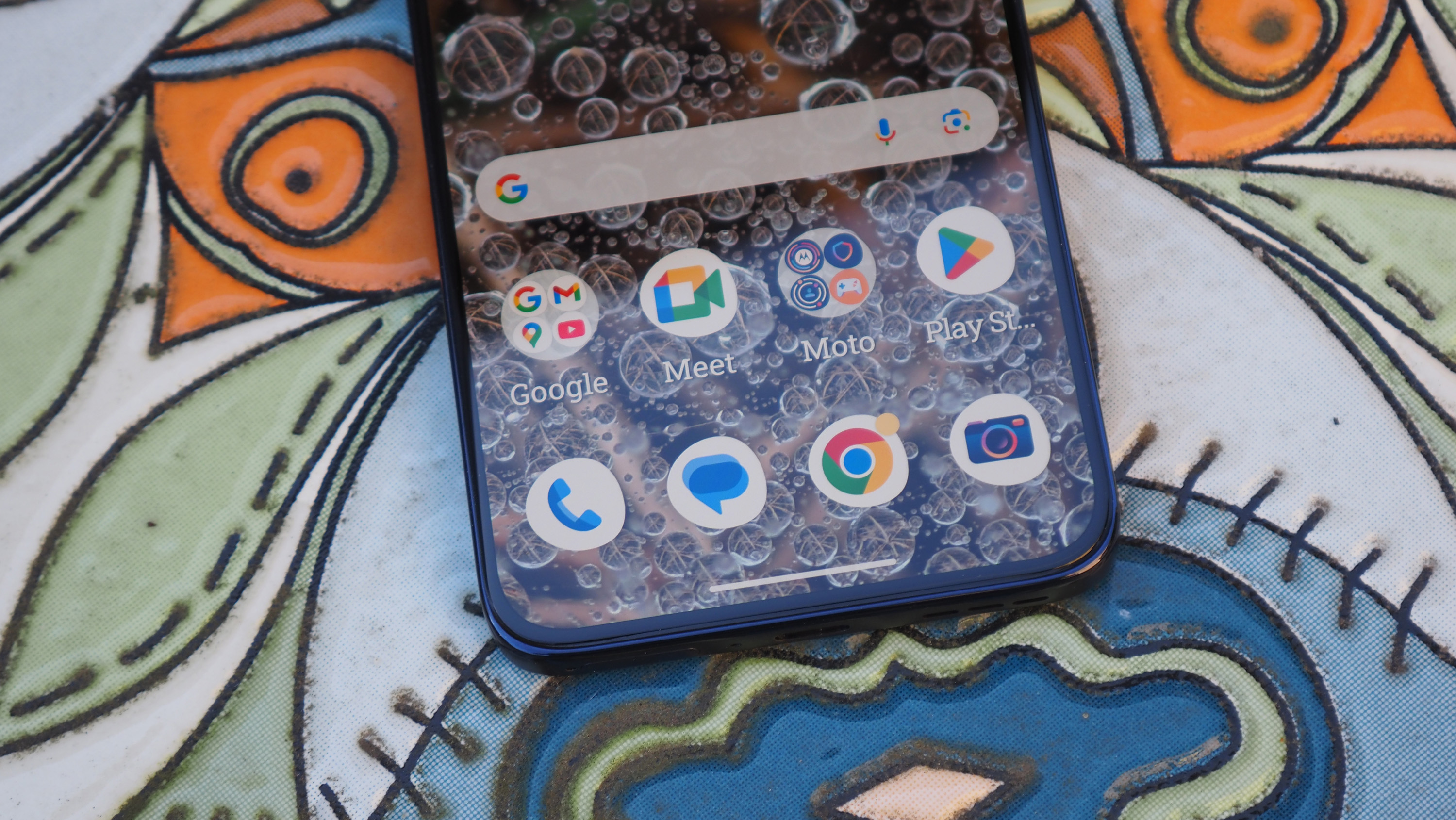
Features
Motorola for years has made a big deal out of fast charging, and with the Edge 50 Neo, the situation is no different. Though the device isn’t capable of the fastest speeds around, at 68W wired, that’s enough to top up very quickly should the need arise. Wireless charging at 15W is thrown in for good measure, so if you have a pad around there are multiple ways to recharge.
There’s also a pair of stereo speakers, again which isn’t a guarantee for the price point. I found that they worked very well for a morning shower rock out, and can create some semblance of a stereo effect as well as being generally loud and clear.
SmartConnect is an interesting value add too, which allows the Edge 50 Neo to perform certain functions when connected to a PC, including mirroring the display. By far the most useful option was to use the phone as a webcam, offering clarity and quality leagues beyond the likes of a standard laptop webcam.
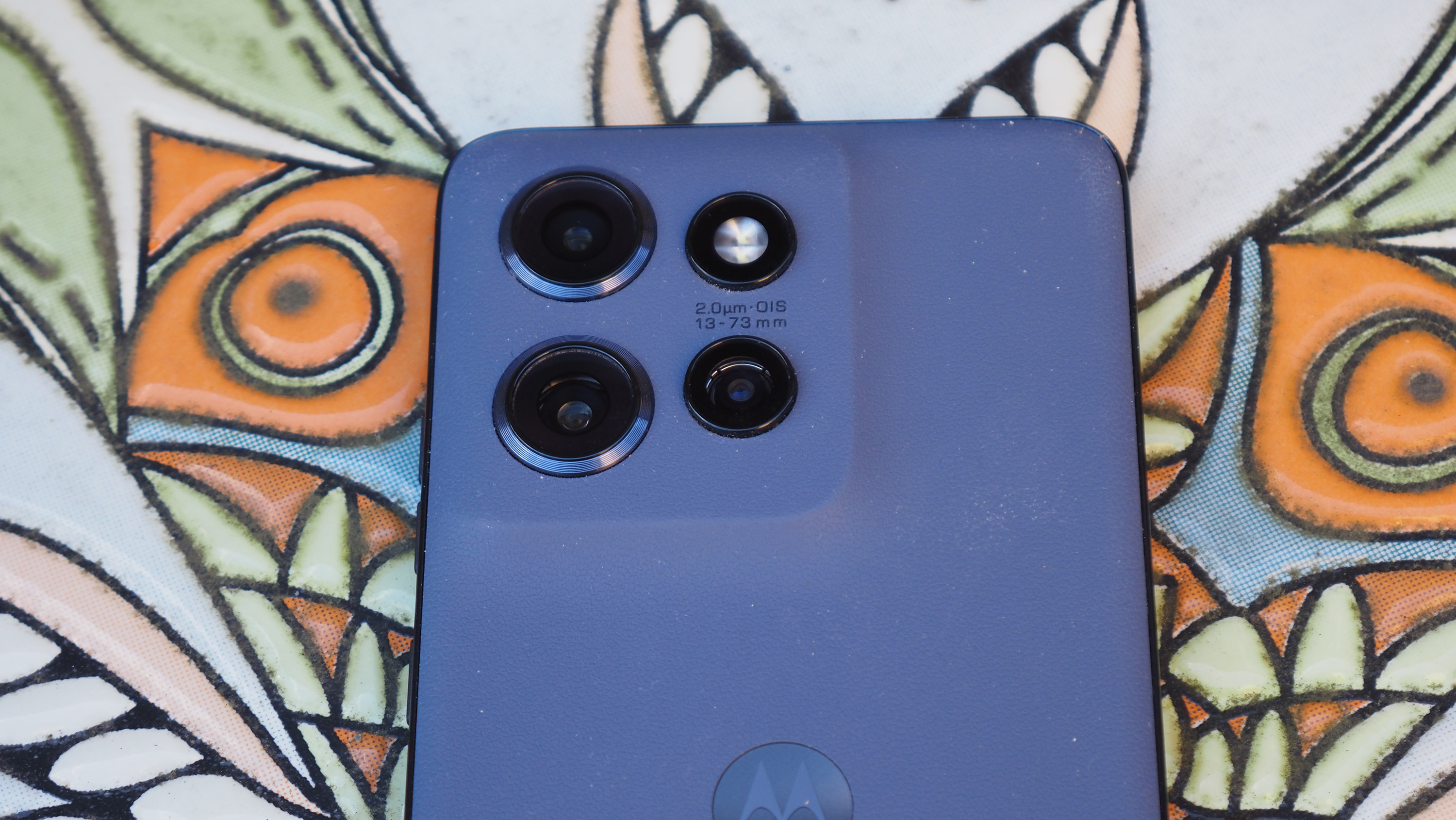
Software
Motorola has for a long time taken an interesting approach to software, adding in useful features but never redesigning the core Android experience. This holds true with the Edge 50 Neo, which comes with a suite of small and helpful add-ons that never get in the way of using the phone.
Gestures are a key example, with a double karate chop or a double twist of the wrist you can easily activate the torch or the camera respectively. Then there are lockscreen notifications, which are delivered sensitively and can be categorised from there, as well as a useful always-on display feature.
Otherwise, the layout is exactly what one would expect from Android and doesn’t change, but there’s one negative mark against an otherwise pleasant experience. Somewhat unpleasantly, there’s some cruft installed from the get-go, apps which cannot be uninstalled, something which is unfortunate to see in 2024.





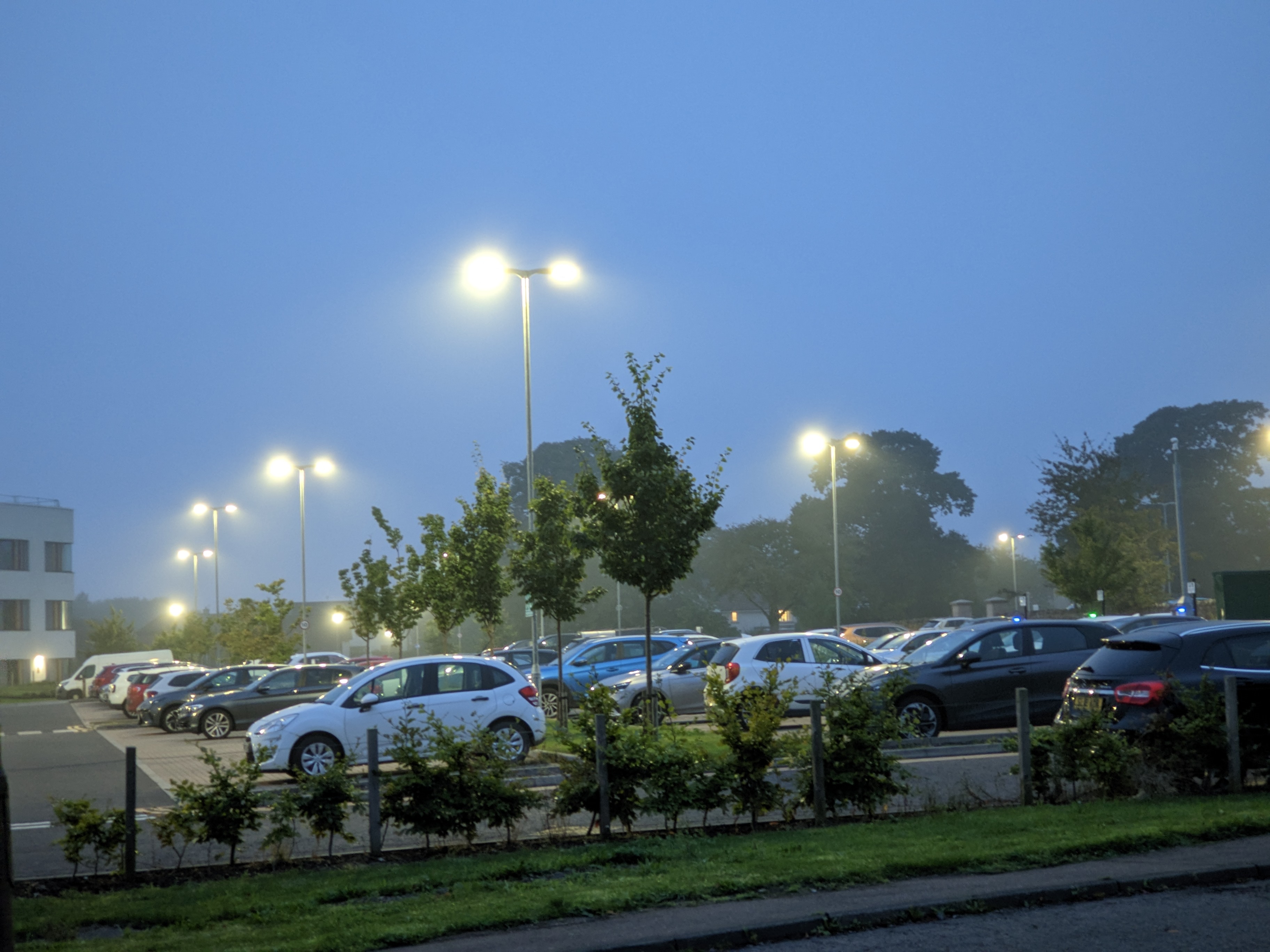

Cameras
Perhaps the most interesting part of the Edge 50 Neo is its camera system, which for a mid-range Android device is a little out there. There’s the standard 50MP main wide sensor, flanked by a 13MP ultrawide snapper, with a 32MP selfie effort on the front. So far, so similar to nearly every device on the market, and then there’s the 10MP 3X telephoto camera. This is so rare at the price point as to be non-existent. The main sensor is optically stabilised for better low-light performance.
Moving on to the app, it’s a well-structured and fast affair, everything is where you’d expect it to be, following the ‘iPhone’ style of layout. For good measure, there’s a host of fun modes thrown in, including ‘Spot Colour’, ‘Tilt-shift’ and ‘Timelapse’, each of which is easy to use and makes the shooting experience a little more varied.
Image quality on the whole is good. You’ll see plenty of detail in images from the main sensor, along with generally nice colour reproduction. There’s some oversharpening at points, especially with foliage, and a tendency to overdo greens. Dynamic range was wide and on the whole, there was only a hint of noise in images.
This carries over to the ultrawide too, though with the caveat that there isn’t as much detail. The colour reproduction between the main and the ultrawide is a little different too, which can be distracting when switching between. A neat trick is that the ultrawide can double as a macro sensor, letting you get incredibly close to your subject, making for some interesting shots.
The telephoto displays pleasing levels of detail and warm colour reproduction, less intense than the main sensor. For the price, it’s a great inclusion and really opens up new framing opportunities when out and about. It lets you get closer to your subject without the need to move your feet, though with the proviso that you stick to its 3X focal limit. Any attempt to ‘zoom’ beyond this just results in a blurry mess. Motorola claims you can achieve a 30X zoom, but the results are unfortunately not worthy of use.
Low light performance across the board is decent, though strongest with the main sensor. Using night mode you’ll get nicely bright images that have a good degree of saturation and detail, without going so far as to make things look artificial.
Lastly, video capture on the whole is solid. You can record up to 4K at 30 fps and the footage produced is decently detailed, if a little soft at points. Colour is again a strong suit, however, the onboard mics don’t do the best job at picking up audio.
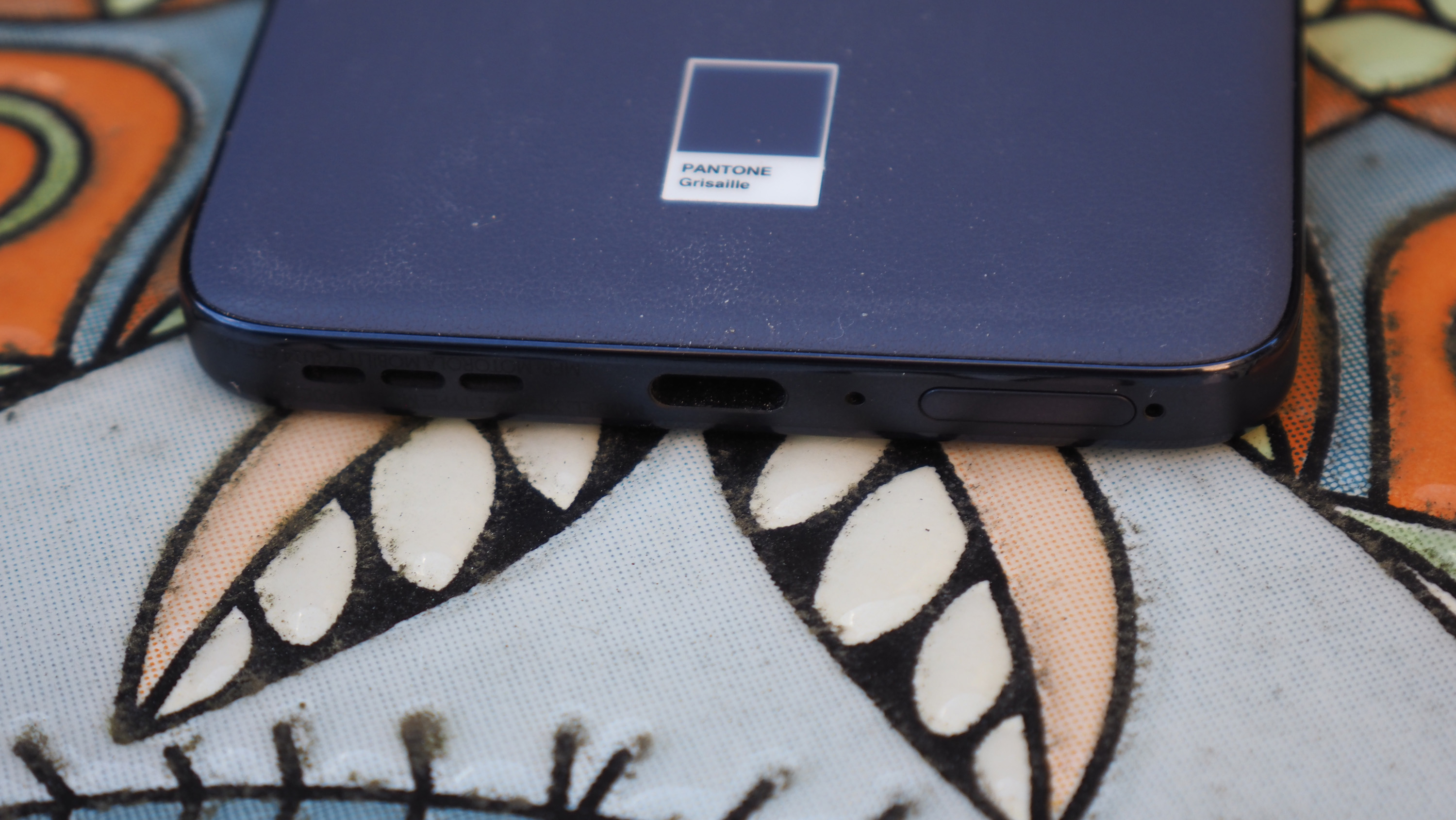
Performance and battery
If the display, design and camera system on the Edge 50 Neo haven’t shown much in the way of compromise, when it comes to processing power we see some cracks beginning to show.
The Neo is powered by a MediaTek Dimensity 7300 processor, a 4nm fab offering used in only a smattering of devices, and backed up by 8GB of RAM by default, and 256GB of storage.
Swiping through the interface is as smooth as can be expected, however, apps take a little longer to open than might be expected, just a beat, though it is noticeable. As might be expected, it’s gaming where cracks begin to show. Playing PUBG and Fortnite on higher settings there were hiccups, especially after long play periods, with thermal load becoming something of a problem. Drawing and editing apps proved to be mostly smooth, however, so your mileage may vary.
Benchmarks followed this up, with the Moto achieving a single-core score of 1048 and a multi-core score of 3010 in Geekbench 6, roughly in the same ballpark as a Snapdragon 860/870, which is enough for day-to-day use.
Thankfully, and in comparison to recent Motorola releases, software support promises to be good. There are five years of version upgrades promised, meaning you’ll be good until the theoretical Android 19 arrives. Whether the device stays usable for that long is another matter, but it’s nice to see included.
Battery life was an unexpected strong suit, given the dimensions of the display and the size of the cell inside. Starting at 7 am, with two hours of sat nav use across the course of the day, with lots of video and photo taking, half an hour of calls and lots of social media sharing, by 10 pm I had 35% left in the tank. That means, as is common now, that while this isn’t a two-day smartphone, it’s definitely an all-day smartphone.
As before, topping up at the end of the day is simple too, thanks to the fast charging I was able to get around 45% extra within 15 minutes, a strong showing.
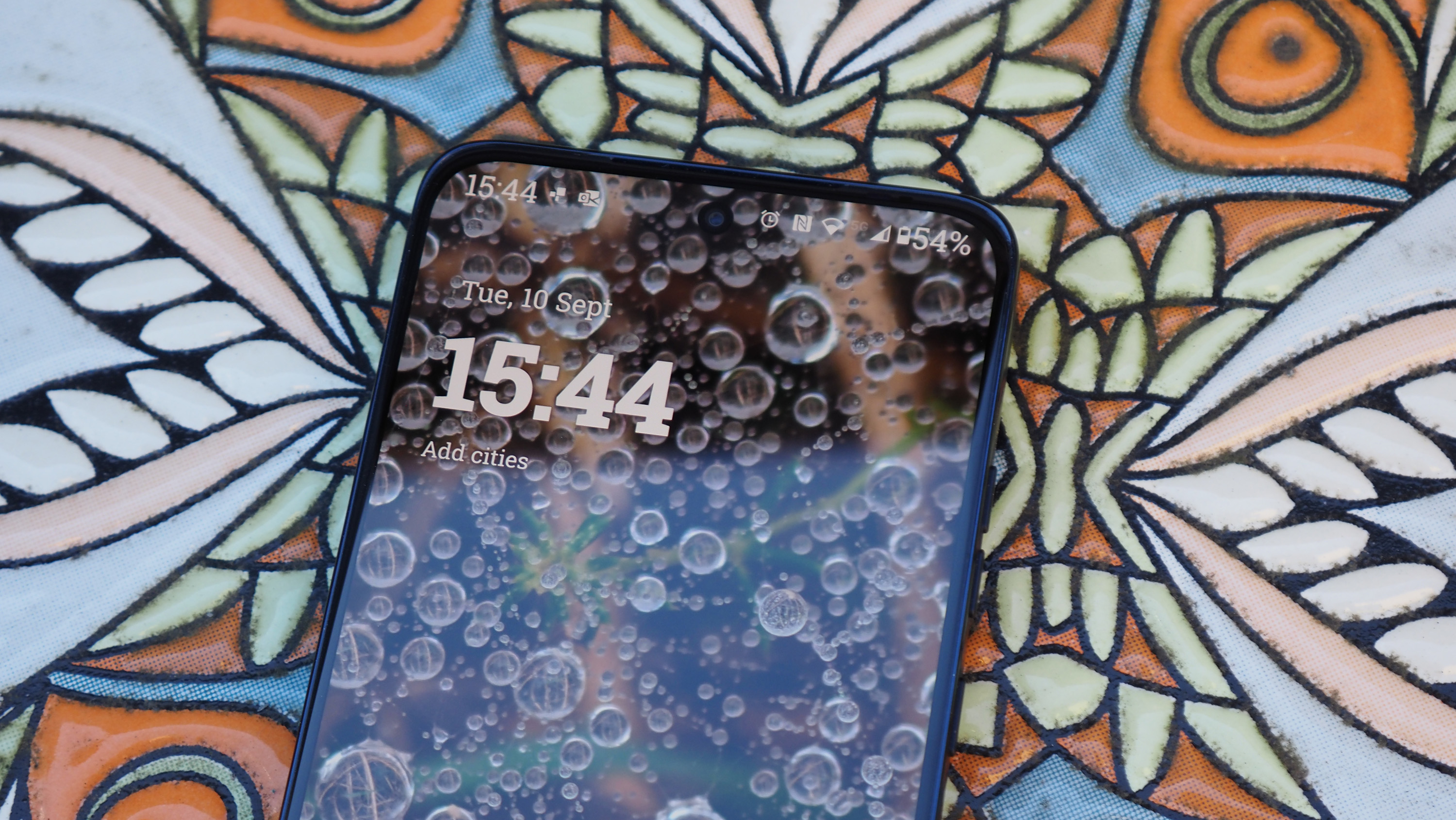
Who is it for?
If you like smaller phones, want a device that doesn’t break the bank and which has a good set of cameras, the Moto Edge 50 Neo will serve you well. It has enough processing power for most situations, however the most demanding users would be best to look elsewhere.
Buy it if
- You want a phone which is easy to use one-handed
- You want a little more creative control over your smartphone photography
- You need a device with good battery life
Don't buy it if
- You need the most powerful smartphone available
- You need the absolute best image quality
- You like big displays
out of 10
After years of trying, the Moto Edge 50 Neo is Motorola’s most accomplished small smartphone yet. It has a great display, powerful speakers, good battery life, a versatile camera system, fast charging, an interesting design and a price which won’t break the bank. But for a little more performance, or images that were the best in the price class, it would be a nearly perfect smartphone. For most people, it’s an incredibly solid choice, and one of the best mid-range Android phones on the market today.
